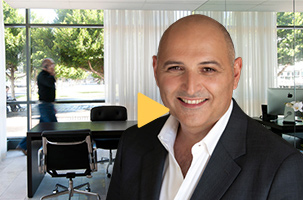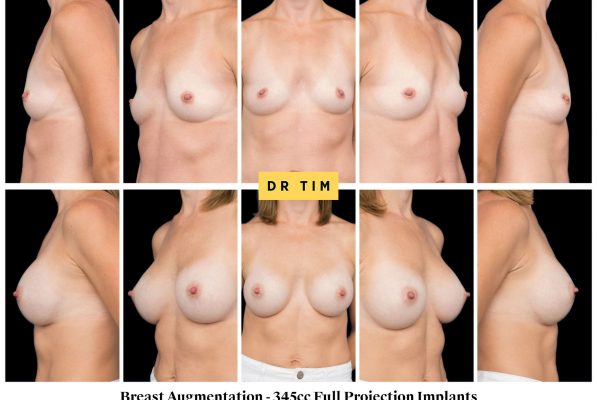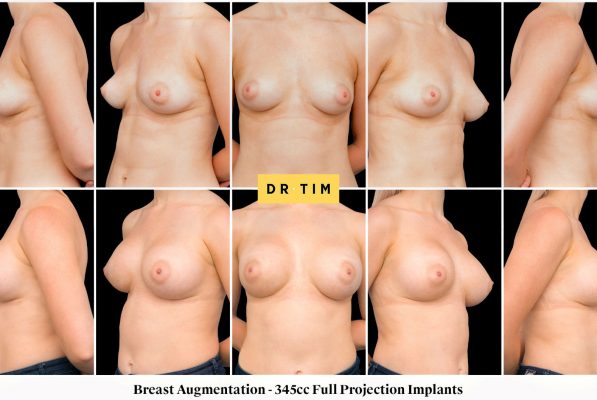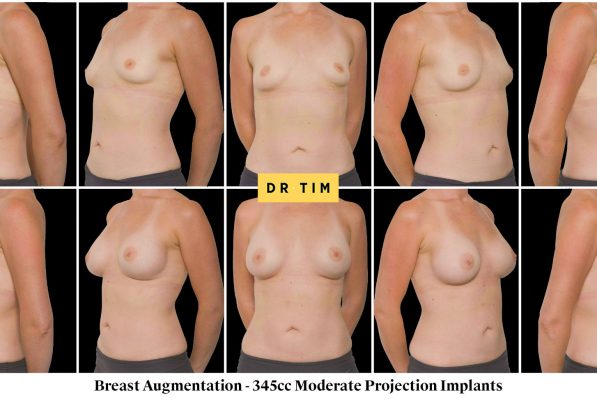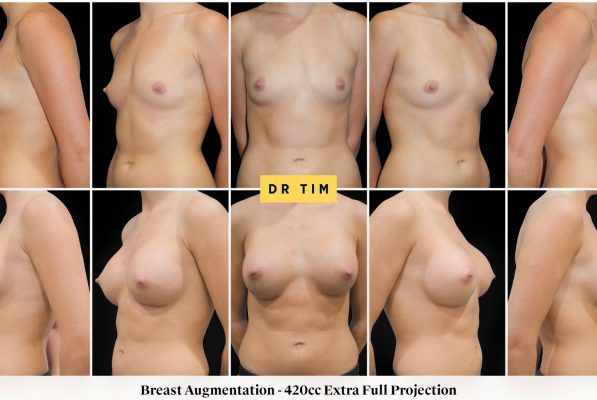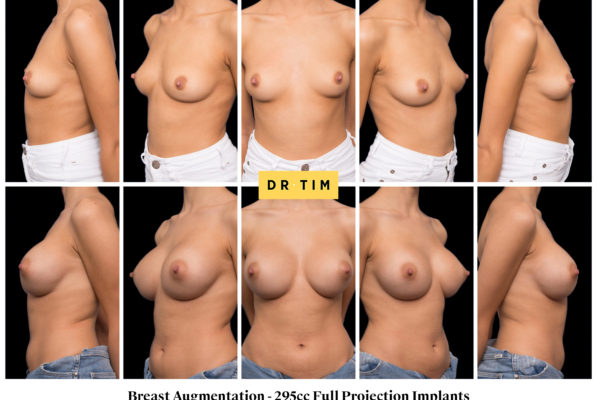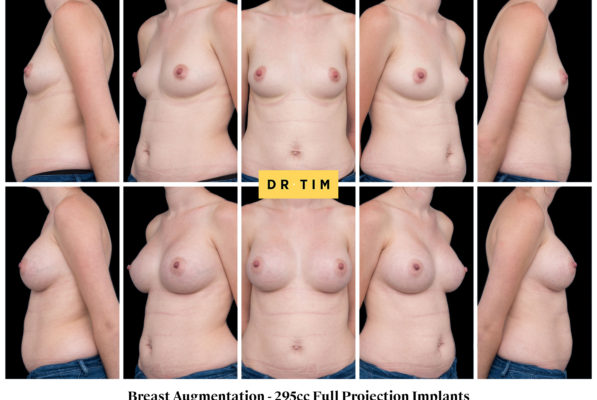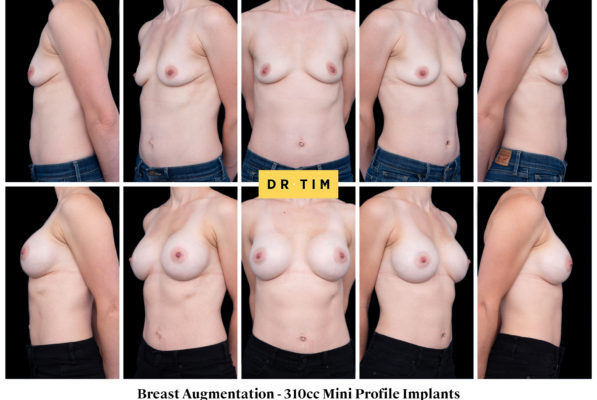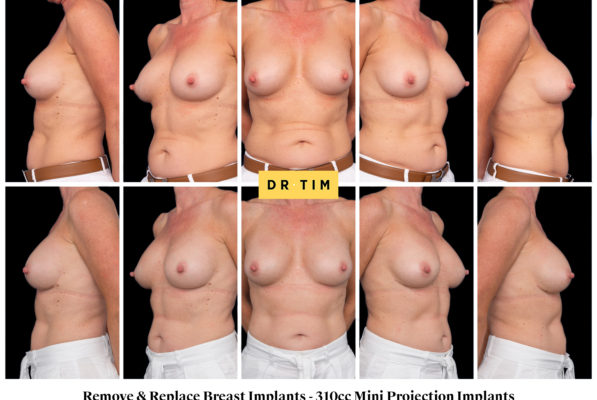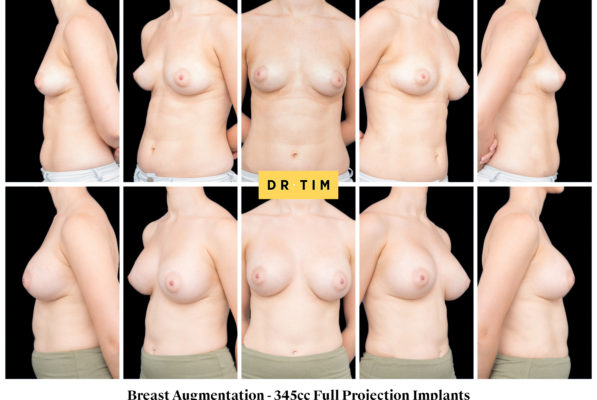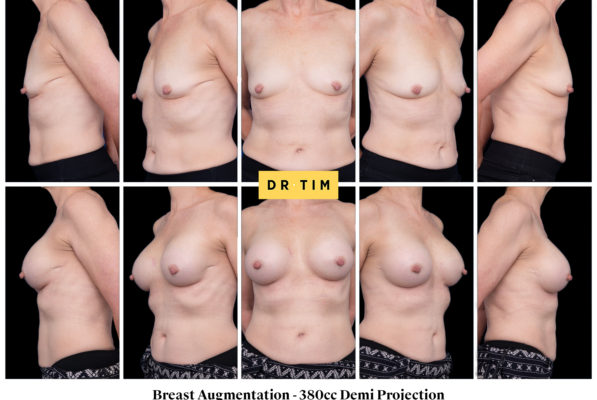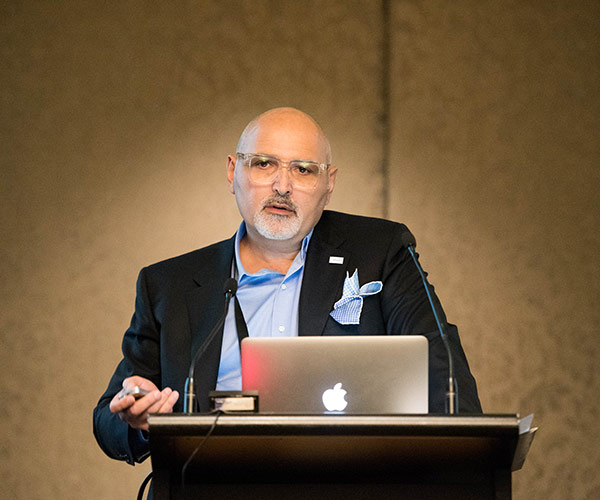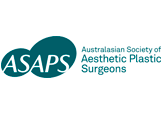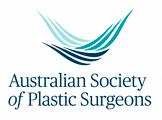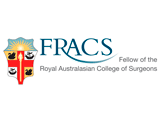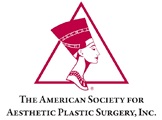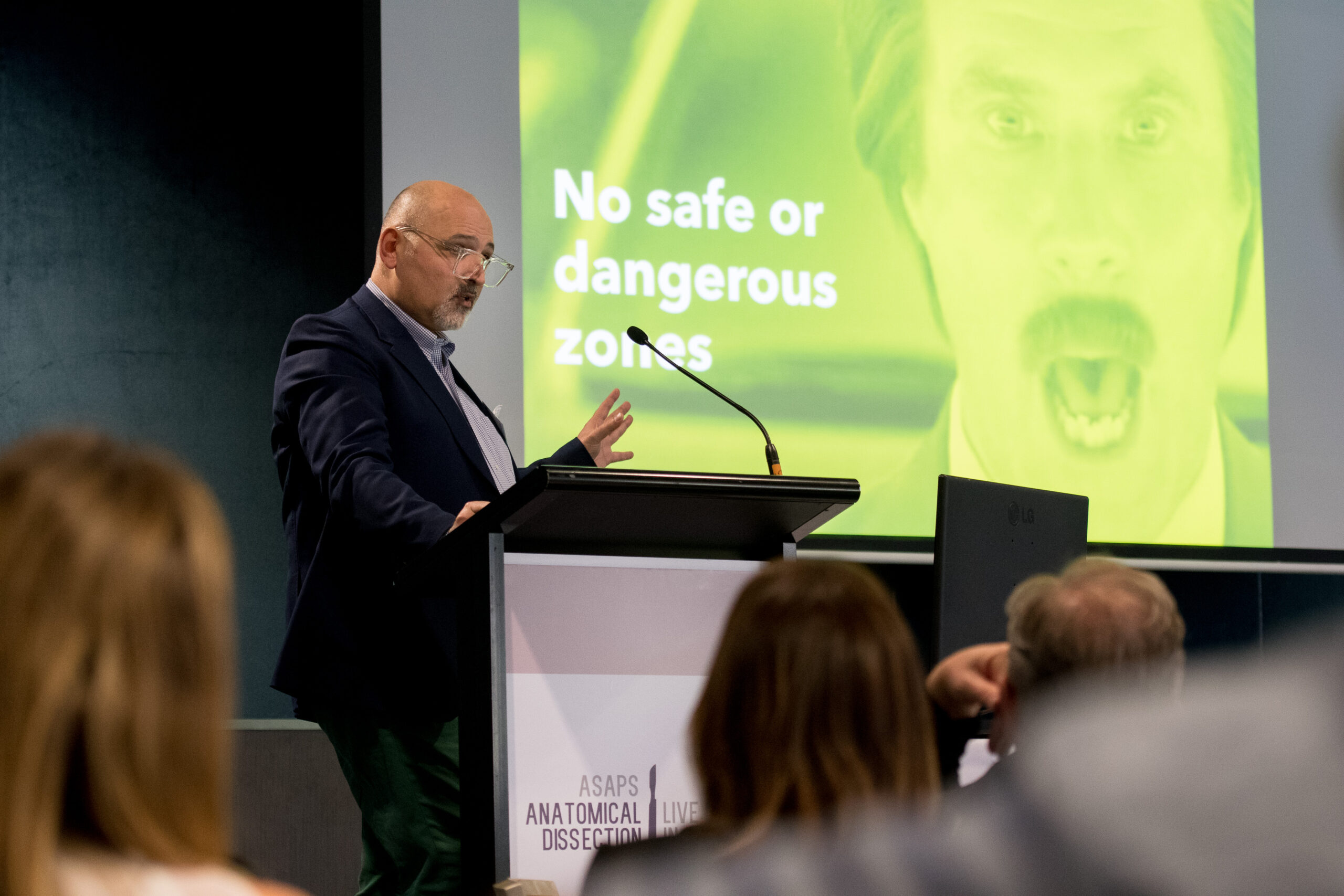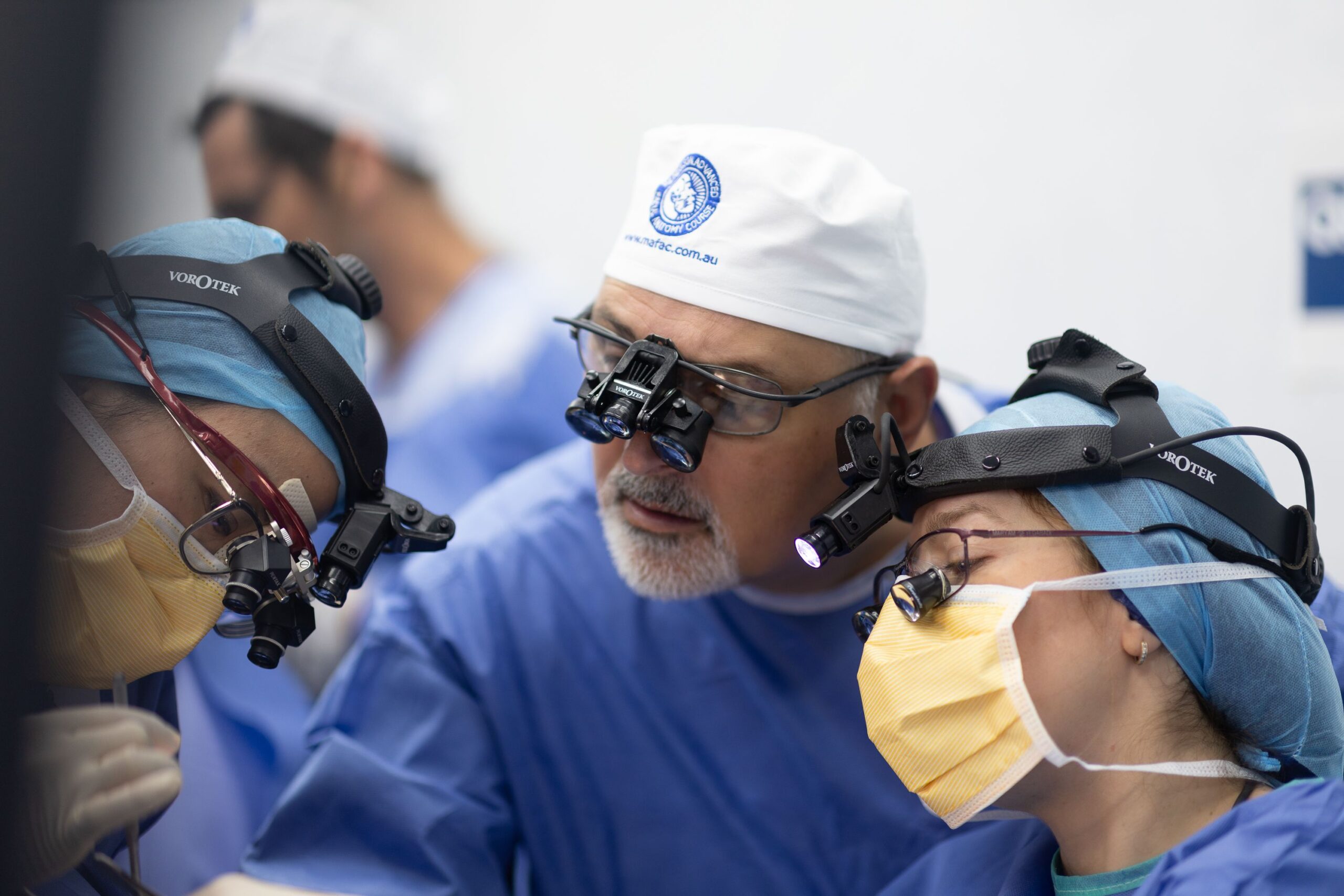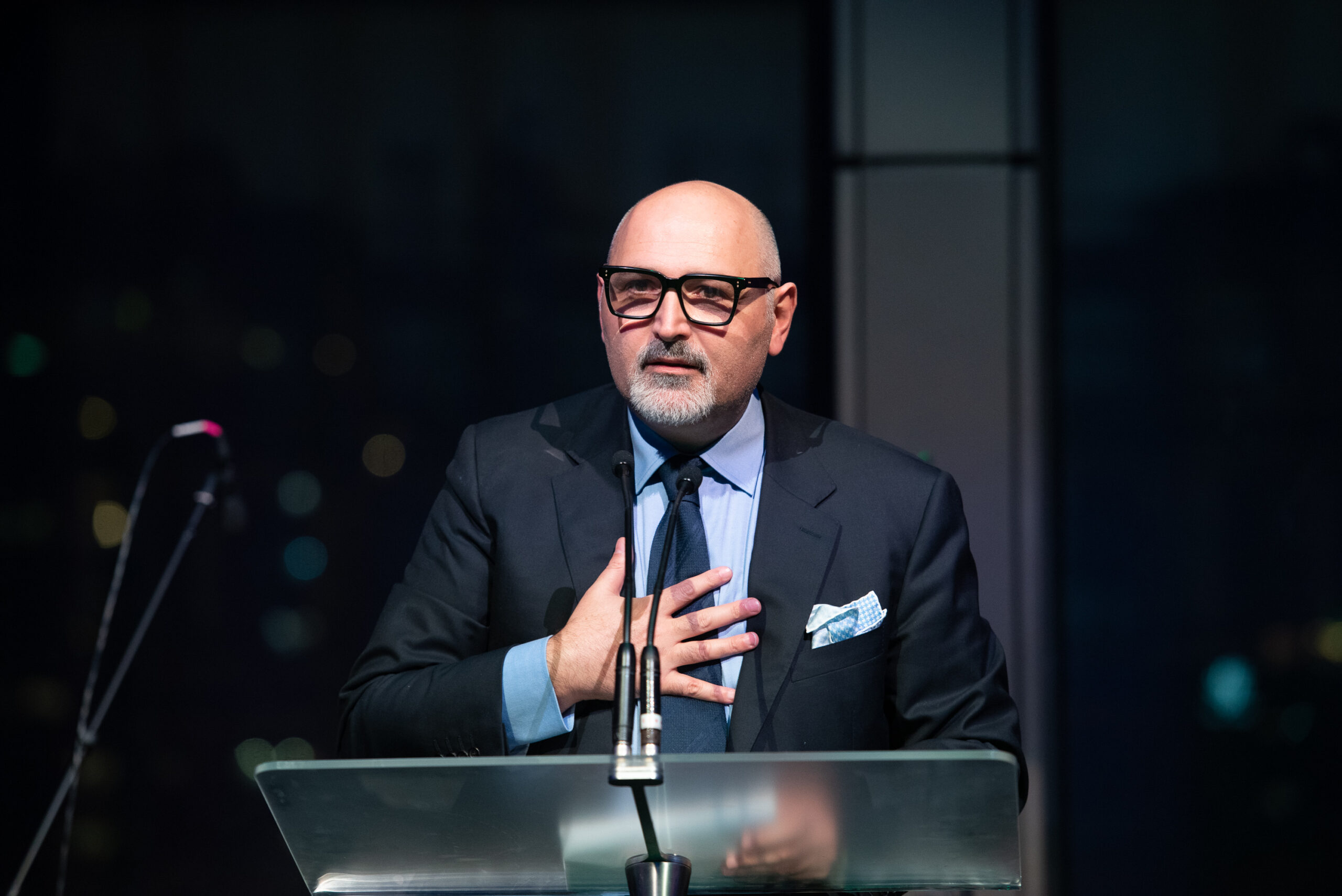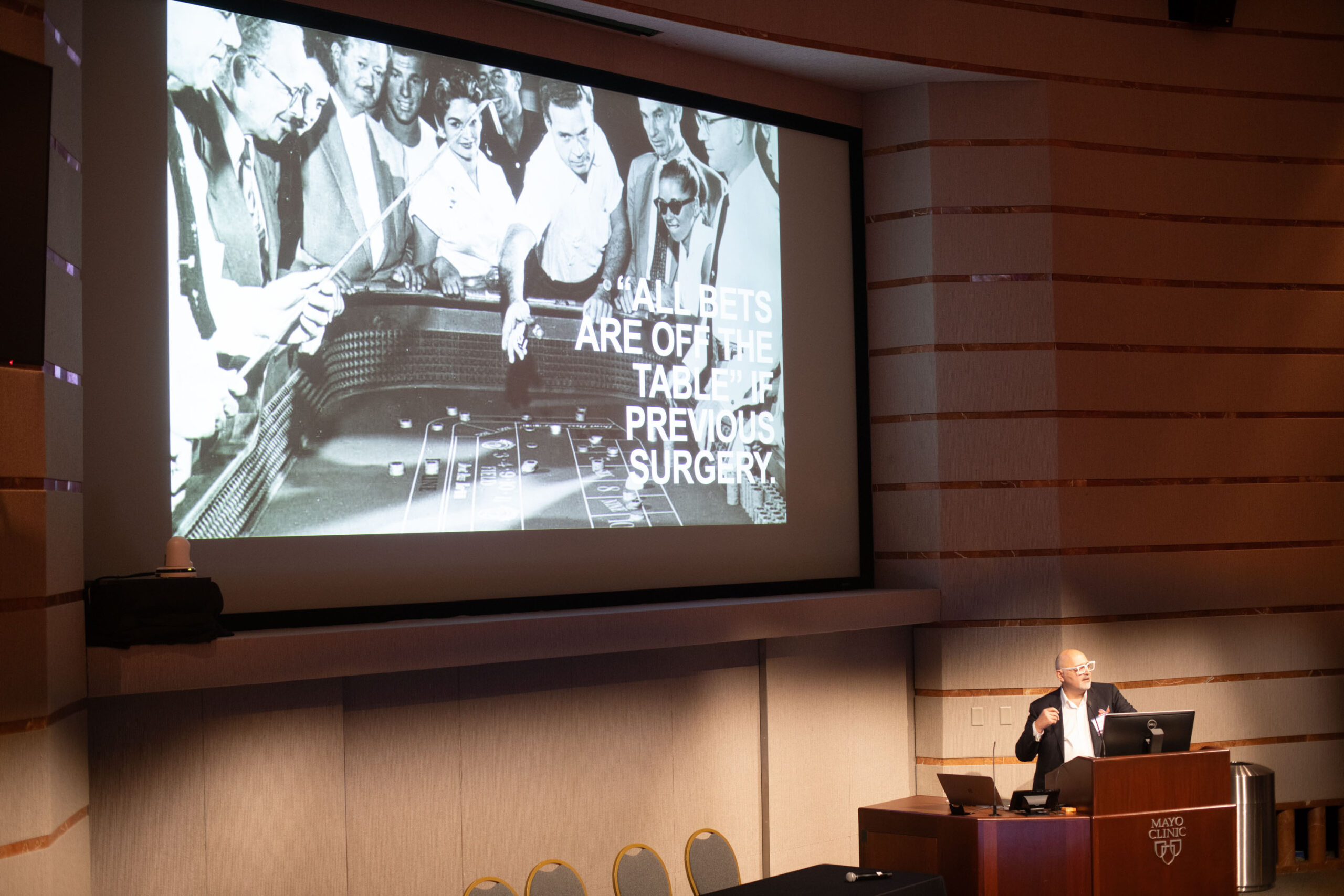Breast Augmentation in Sydney
Technical Explanation of the Procedure
Breast augmentation, also known as augmentation mammoplasty, is a surgical procedure designed to enhance the size, shape, and symmetry of the breasts. It involves the placement of implants or fat transfer to achieve a fuller, more proportionate appearance. The procedure is highly customisable, with options tailored to each patient’s anatomy, goals, and lifestyle.
There are two primary types of implants:
- Silicone Implants: Filled with cohesive silicone gel, these implants closely mimic the natural feel of breast tissue and are the most popular choice.
- Saline Implants: Filled with sterile saline solution, these implants can be adjusted during surgery for precise sizing.
Implants can be placed in several positions:
- Subglandular (above the muscle): Positioned just under the breast tissue, ideal for patients with sufficient natural breast tissue.
- Subfascial (beneath the fascia): A newer approach that places the implant under the thin, fibrous tissue layer covering the chest muscle (pectoralis fascia). This position offers the natural look of submuscular placement while avoiding some of its drawbacks, such as muscle distortion during exercise.
- Submuscular (below the muscle): Placed under the chest muscle for additional coverage, often recommended for patients with minimal natural breast tissue.
Incision Options:
- Inframammary Fold (under the breast): A discreet incision hidden in the natural crease.
- Periareolar (around the nipple): Scars blend seamlessly with the edge of the areola.
- Transaxillary (in the armpit): Avoids scarring on the breast itself.
Quick Facts About Breast Augmentation
- Procedure Duration: 1–2 hours.
- Anaesthesia: General anaesthesia.
- Hospital Stay: Day procedure or overnight stay.
- Results: Immediate improvements; final results are visible after the swelling subsides (6–12 weeks).
- Longevity: Implants typically last 10–15 years, though this varies by individual.
- Best Candidates: Healthy individuals looking to enhance breast size, correct asymmetry, or restore volume lost due to weight loss, pregnancy, or ageing.
What to Expect
Before Surgery:
Your consultation with Dr. Tim includes a detailed discussion of your aesthetic goals, a physical examination, and a thorough explanation of implant options, including subfascial placement. Dr. Tim will help you choose the best implant type, size, and position for your anatomy and desired outcome.
During Surgery:
The procedure is performed in a fully accredited surgical facility under general anaesthesia. After creating a carefully planned incision, the implant is inserted into the selected position (subglandular, subfascial, or submuscular) and adjusted for symmetry and balance. The incision is closed with fine sutures, and a surgical bra or dressing is applied for support.
After Surgery:
You may experience mild swelling, bruising, and discomfort, which are normal and typically subside within a few weeks. Dr. Tim will schedule follow-up appointments to monitor your recovery and ensure optimal results.
Risks
While breast augmentation is generally safe, potential risks include:
- Infection or delayed wound healing.
- Capsular contracture (scar tissue formation around the implant).
- Implant rupture or leakage.
- Asymmetry or unsatisfactory aesthetic outcomes.
- Changes in nipple sensation (temporary or permanent).
- Rare risks of blood clots or anaesthesia-related complications.
Recovery Tips
- Follow Post-Operative Instructions: Adhere to the recovery guidelines provided by Dr. Tim and his team.
- Wear a Supportive Bra: A surgical bra or compression garment will reduce swelling and support healing.
- Avoid Strenuous Activities: Refrain from heavy lifting or intense exercise for 4–6 weeks.
- Sleep on Your Back: Minimise pressure on the breasts by sleeping on your back.
- Manage Pain and Swelling: Use prescribed medications and cold compresses to alleviate discomfort.
- Be Patient: Full recovery may take several months as the implants settle and swelling subsides.
This content is suitable for an 18+/adult audience only
These photos are of consented patients of this clinic/medical practitioner and have not been altered or digitally enhanced.
Outcomes shown are only relevant for this patient and do not necessarily reflect the results other patients may experience, as results may vary due to many factors including the individual’s genetics, diet and exercise.
Click on the images below to enlarge
